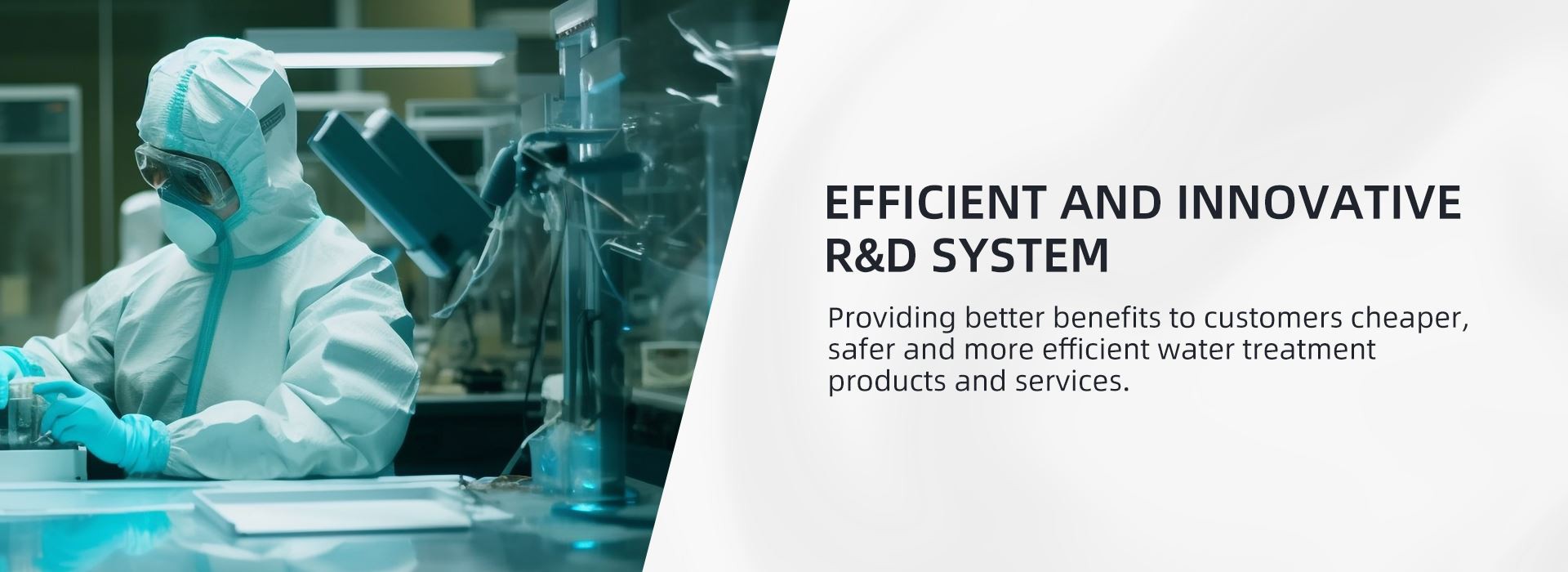The full name of ion exchange resin consists of a classification name, a skeleton (or gene) name, and a basic name. The pore structure is divided into gel type and macroporous type. Any resin with physical pore structure is called macroporous resin, and "macroporous" is added before the full name. For those classified as acidic, add "yang" before the name, and for those classified as alkaline, add "yin" before the name. For example, macroporous strongly acidic styrene based cation exchange resin.
Ion exchange resins can also be divided into styrene based resins and acrylic based resins according to the type of matrix. The types of chemically active groups in a resin determine its main properties and categories. Firstly, it can be divided into two categories: cationic resin and anionic resin, which can exchange ions with cations and anions in solution, respectively. Cationic resins are further divided into two categories: strong acidic and weak acidic, while anionic resins are further divided into two categories: strong alkaline and weak alkaline (or further divided into medium strong acid and medium strong alkaline).
Naming of ion exchange resins:
The model of ion exchange products is composed of three Arabic numerals. The first digit represents the classification of the product, the second digit represents the difference in skeleton, and the third digit is the sequence number used to distinguish differences in genes, crosslinking agents, etc.
Code 0 1 2 3 4 5 6
Classification name: Strong acidic, weak acidic, strong alkaline, weak alkaline, chelating, bisexual oxidation-reduction
Skeleton name: Styrene series acrylic acid series acetic acid series epoxy series ethylene pyridine series urea formaldehyde series vinyl chloride series
Add "D" before the model of macroporous resin, and the crosslinking degree value of gel resin can be represented by "×" after the model. For example, D011 × 7 represents a macroporous strongly acidic styrene cation exchange resin with a crosslinking degree of 7.
The grade of resin is mostly determined by each manufacturing plant or the country where it is located. Some foreign products use the letter C to represent cationic resin (C is the first letter of cation), and A represents anionic resin (A is the first letter of Anion). For example, Amberlite's IRC and IRA represent cationic resin and anionic resin, respectively. According to the regulations of the Ministry of Chemical Industry of China (HG2-884-76), the model of ion exchange resin consists of three Arabic numerals. The first digit represents the product classification: 0 represents strong acidity, 1 represents weak acidity, 2 represents strong alkalinity, 3 represents weak alkalinity, 4 represents chelation, 5 represents amphotericity, and 6 represents redox. The second digit represents different skeletal structures: 0 represents styrene series, 1 represents acrylic series, 2 represents phenolic series, 3 represents epoxy series, etc. The third digit is the sequence number used to distinguish the differences between the matrix, crosslinking group, etc. In addition, the macroporous resin is preceded by the letter D. Therefore, D001 is a macroporous strongly acidic styrene resin.


